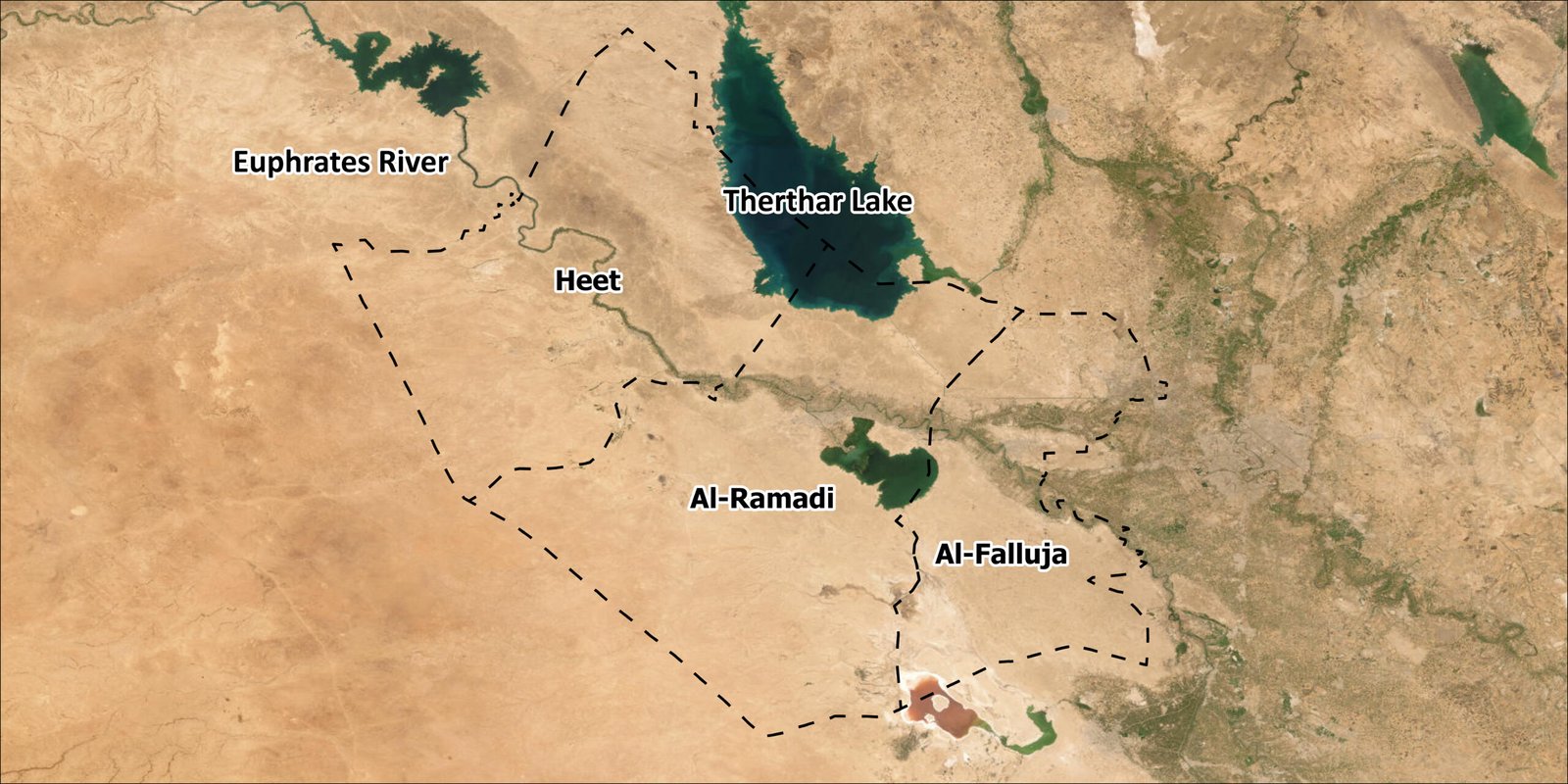
Climate Vulnerability and Adaptation for Anbar
This project involved a climate vulnerability assessment and adaptation planning for three districts in Anbar (Fallujah, Ramadi, and Heet) covering 5 main sectors.
The project started with a comprehensive risk and vulnerability assessment for Anbar Governorate, guided by the IPCC framework and focusing on five key sectors: water, agriculture, energy, mobility, and urban development. The assessment spanned short-term (2050), medium-term (2075), and long-term (2100) timeframes. Key components included:
- Climate model downscaling from Global Climate Models (GCMs) to localized climate data using statistical methods.
- Development of climate change indices based on the Expert Team on Climate Change Detection and Indices (ETCCDI) to monitor climate extremes.
GIS-based climate vulnerability mapping to assess sectoral exposure, sensitivity, and adaptive capacity. - Stakeholder engagement throughout the process, including a validation workshop and final dissemination event to ensure inclusivity and transparency.
Building on the findings of this assessment, the second phase of the project focused on the development of climate adaptation plans for the three districts in Anbar. These plans were tailored to strengthen resilience at the local level and included:
- Strengthening local infrastructure to withstand future climate risks.
- Promoting sustainable management of natural resources, including water and land use.
- Supporting vulnerable populations to ensure equitable adaptation outcomes.
- Active involvement of local governments and community stakeholders to ensure the adaptation strategies are context-specific and inclusive.
The adaptation planning process followed several structured steps:
- Assessment of Existing Conditions:
This phase involved reviewing ongoing adaptation projects, policies, and programs to evaluate their relevance and effectiveness in addressing current and future climate risks.
- Stakeholder Engagement:
Key stakeholders — including local authorities, community members, and sectoral experts — were actively engaged through site visits, consultations, and workshops to ensure inclusive participation and informed decision-making.
- Development of Adaptation Initiatives:
Based on the findings from the vulnerability assessment, tailored programs and projects were designed to address identified gaps and enhance resilience across the targeted sectors.
- Action Plan Development:
Clear, actionable adaptation plans were created with defined priorities, timelines, and responsibilities, ensuring alignment with local and national development goals.
- Monitoring, Review, and Learning:
A continuous feedback loop was established to track implementation progress, assess the effectiveness of interventions, and make adjustments based on real-time data and stakeholder input.
